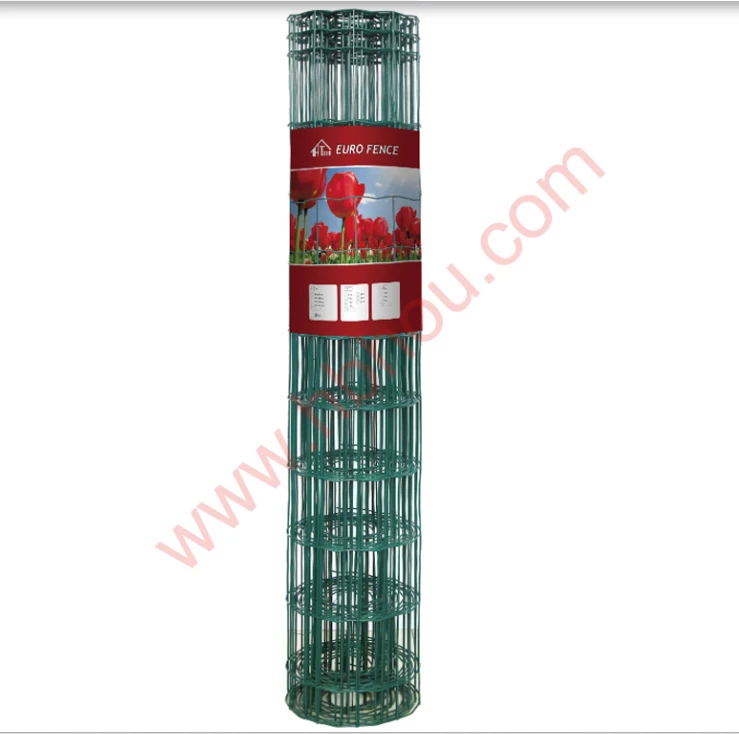Manual Pole Anchor for Boats A Comprehensive Guide
When it comes to securing your boat in an anchorage, the right tools can make all the difference. One essential tool for boaters is the manual pole anchor. This simple yet effective device allows boaters to stabilize their vessels in a variety of conditions without the complexity and potential issues associated with traditional anchoring systems.
What is a Manual Pole Anchor?
A manual pole anchor is a versatile anchoring system that involves a long pole or rod that is manually inserted into the seabed. Unlike traditional anchors that rely on weight and drag, a pole anchor is driven into the sea floor, providing a secure hold by leveraging the vertical resistance of the pole against the boat’s pull. This makes it an ideal solution for shallow waters, soft bottoms, or areas with limited space, where traditional anchors may not be practical.
Advantages of Using a Manual Pole Anchor
1. Simplicity and Portability One of the most significant advantages of a manual pole anchor is its simplicity. It requires no complex rigging or heavy equipment, making it an excellent option for boaters who prefer a straightforward anchoring method. Additionally, most manual pole anchors are lightweight and easy to transport, fitting conveniently in your boat.
2. Effectiveness in Shallow Waters Many traditional anchors can be cumbersome in shallow waters where there isn't enough depth to allow the anchor to set properly. A manual pole anchor can be utilized effectively in depths ranging from just a few inches to several feet, providing exceptional versatility for boaters.
3. Reduced Damage to the Environment With growing concerns about environmental protection, the manual pole anchor stands out as an eco-friendlier option. Traditional anchors can sometimes damage marine habitats when dragged over sensitive environments. In contrast, a pole anchor minimizes this impact by digging into the substrate without disturbing the surrounding ecosystem.
4. Easy Retrieval Retrieving a manual pole anchor is typically easier than pulling up a heavy, muddy anchor. The pole design allows for a straightforward extraction process—simply remove the pole from the seabed and stow it away.
manual pole anchor for boats

How to Use a Manual Pole Anchor
Using a manual pole anchor is relatively straightforward
1. Choose the Right Location Identify a suitable spot with a soft bottom where you can effectively drive the pole into the seabed. Avoid areas with hard substrates like rock or coral.
2. Position Your Boat Navigate your boat to the chosen location and position it to face into any wind or current.
3. Insert the Pole Once the boat is stationary, take the manual pole anchor and drive it into the seabed at a slight angle, using your body weight to push it down firmly.
4. Secure the Line Attach a line from the pole to the bow of the boat, ensuring that it is taut enough to keep the boat from drifting.
5. Monitor Conditions Keep an eye on wind and current conditions, and be prepared to adjust your positioning or reinsert the pole if necessary.
Conclusion
For boaters seeking a reliable, efficient, and environmentally friendly anchoring solution, a manual pole anchor is an excellent choice. Its simplicity, portability, and effectiveness in various conditions make it a favorite among recreational boaters and fishing enthusiasts alike. Whether you're looking to securely anchor in shallow waters or want to minimize your environmental impact, incorporating a manual pole anchor into your boating gear can enhance your overall on-the-water experience.
















